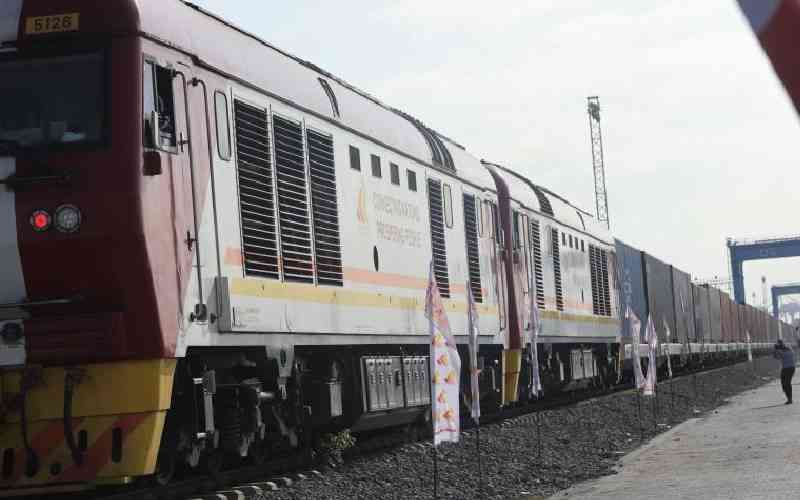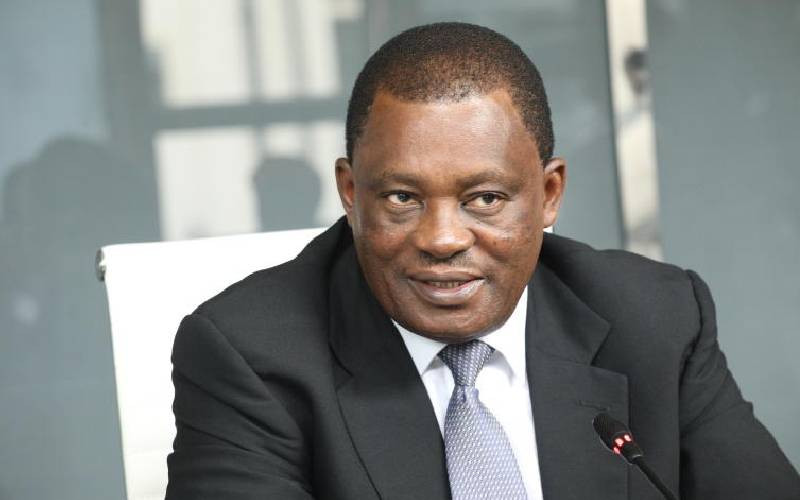NAIROBI, KENYA: The National Environmental Civil Society Alliance of Kenya has sharply criticised a report for the proposed offshore sea sand harvesting off Likoni in Mombasa.
The Alliance claims the report has been prepared to divert the attention of communities, environmentalist, and other stakeholders to be engaged in a futile process while the project is ongoing and is almost being completed.
“The assessment has neither increased public support nor aiding regulatory compliance. Instead, it has created potential conflicts and aided impunity of the environmental law and regulations,” says National Environmental Civil Society Alliance of Kenya Secretariat.
“This is against article 69 of the Constitution of Kenya 2010 on the obligations of the State in respect of the environment and public participation in the management and conservation of the environment. It has failed to identify a broad range of stakeholders as they were selective,” says the Secretariat.
The commentary by the civil society is on the Environment and Social Impact Assessment (ESIA) Project Report of sea sand harvesting for the construction of the cargo terminal of the Standard Gauge Railway (SGR) at the Port Reitz terminus within Kilindini Port in Mombasa.
The Standard Gauge Railway (SGR) is a project of the government of Kenya implemented by the Ministry of Transport and Infrastructure through the Kenya Railway Corporation. The project has a component that requires reclamation of sea to constructing a cargo or container terminal of the railway at Port Reitz. This will require sea sand as a raw material. The harvesting of the sea sand is located offshore the coast of Likoni (Mombasa County) – Tiwi (Kwale County) along a 0.4-1.0km width strip.
Issue 1: Timing of the ESIA; Coming in A little too late to alter on-going project implementation
An ESIA is a tool for improved and effective project planning and implementation. For meaningful stakeholder consultation and input, it should come very early in the stage of project design and planning. However, this is not the case here. The title of the report states that the project is “proposed”. However, in the contents it is stated the project is “on-going” and that the National Environment Management Authority (NEMA) approved the SGR Project. This means that the ESIA was undertaken while the project had already begun. In addition, it is stated in the ESIA report that sand harvesting was to start in March 2015, however, reality from the ground states that the harvesting started long before. In fact, the construction of the terminal is almost complete. The stakeholders’ comments on the ESIA will have no consequence and, neither changes the decisions that have already been made or the actions that have been taken so far about this
Issue 2: Negative Impacts Outweighs Positive Impacts
In identifying the positive and negative impacts of the project, the ESIA consulted listed 6 positive project impacts and 13 negative impacts. Despite this the consultants went ahead to conclude in their environmental impact statement that an Environmental License should be granted. This conclusion is not made out of objective logical reasoning using information but rather it was made out of subjective emotional judgment. For example, the consultant states that the sea sand harvesting operations will be run professionally and yet this not defined. Furthermore, the report states that the project will enhance the existing use of the Indian Ocean and compliment other uses, yet it does not state how this would be done.
Issue 3: Weak ESIA methodology and selective stakeholder engagement
From the ESIA report, the site for sand harvesting is the o.4 – 1.0.km strip offshore the coastline between Likoni and Tiwi. The report states that the consultants made field visit to and physical inspection of the site and there was a photograph of the team at one of the beaches in the area. The sand harvesting site is clearly offshore and not onshore. While it is desirable to assess the immediate surroundings of the site including the nearby onshore areas, no assessment was carried out on the actual site offshore and underwater. The consulting team never stated in their document what the finding of the field assessment was.
Furthermore, the stakeholder consultative meetings were done in beach hotel where only selective participants were chosen to attend. The area between Likoni and Tiwi has a number of stakeholders including Beach Management Units. Selective participation and representation excluded critical voices.
Issue 4: Degradation and Loss of Marine and Coastal Ecosystems and their services
The ESIA report states 13 negative impacts the project would have on the environment and the people in the area. These included loss of benthic and bottom sea habitat and marine life, fisheries and fisheries income, and livelihood. However, in the mitigation measures there is no mention on the restoration and rehabilitation of degraded coastal site and ecosystem.
Stay informed. Subscribe to our newsletter
Furthermore, there is no mention on the negative impact of the project on shoreline stability. The removal of sea sand will affect the wave action and the continued formation of the beach. This is because the depth of the sea would be increased, making the shoreline susceptible to increase velocity of wave action. This will in turn result to increase shoreline erosion as opposed to shoreline deposition. The increased shoreline erosion will make the coastline between Likoni and Tiwi become much more vulnerable to impact of climate change particularly related to rise in sea level and tsunami effect. This will increase the vulnerability of the coastal settlements and people to climate change related disasters.
On the loss of fisheries, the report states that compensation will be done to the fishers. However, there is no mention on the number of fishers and the people who depend on fishing for income and livelihood. The project is ongoing, when will the people be compensated? What about the other ecological services, how will they be compensated?
 The Standard Group Plc is a
multi-media organization with investments in media platforms spanning newspaper
print operations, television, radio broadcasting, digital and online services. The
Standard Group is recognized as a leading multi-media house in Kenya with a key
influence in matters of national and international interest.
The Standard Group Plc is a
multi-media organization with investments in media platforms spanning newspaper
print operations, television, radio broadcasting, digital and online services. The
Standard Group is recognized as a leading multi-media house in Kenya with a key
influence in matters of national and international interest.
 The Standard Group Plc is a
multi-media organization with investments in media platforms spanning newspaper
print operations, television, radio broadcasting, digital and online services. The
Standard Group is recognized as a leading multi-media house in Kenya with a key
influence in matters of national and international interest.
The Standard Group Plc is a
multi-media organization with investments in media platforms spanning newspaper
print operations, television, radio broadcasting, digital and online services. The
Standard Group is recognized as a leading multi-media house in Kenya with a key
influence in matters of national and international interest.









